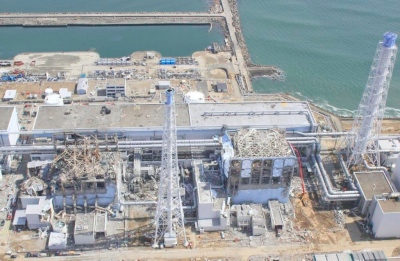By Chad Gates-
Last March, a powerful earthquake measuring 9.0 on the Richter Scale struck 43 miles off the coast of the Oshika Peninsula in the Tohoku region, the most northeastern area of Japan’s main island. This was the largest earthquake ever recorded to hit Japan, and one of the five strongest earthquakes in the world since modern record keeping began in the beginning of the 20th century.
However, the earthquake only indirectly caused the widespread destruction of the Japanese western coastline. By shifting the earth’s tectonic plates below the ocean, the tremendous movement generated great crests in the water which swelled and rose above the surface into tidal waves, or as the Japanese coined the term, tsunamis, with the biggest one reaching a height of 45 feet.
But, it wasn’t until a hour after the earthquake hit, that the tsunamis reached the coastline and pummeled it relentlessly, causing extensive damage and destruction to almost one million buildings and homes, and leaving more than 19,000 people dead according to the Japanese National Police Agency.

One year after this event, Japanese scientists now speculate the threat of a future earthquake which could generate tsunamis much more deadly then the previous ones. According to a panel of various experts, an earthquake in the future could produce tsunamis as high as 112 feet, crashing upon the already battered Japanese western coastline, possibly causing further death and destruction.
So far, Japan hasn’t done much to protect themselves from future tsunamis, except at the Hamaoka nuclear power plant where construction of a 59-foot high sea wall to shield the nuclear reactors has begun. Many of the power plants alongside Japan’s west coast were severely damaged by the aftermath of the earthquake, especially the Fukashima power plant. The waves’ destruction caused a massive meltdown leading to the worst nuclear disaster since Chernobyl in 1986. Due to the radiation that was released by the meltdown, the area primarily around Fukashima is now too dangerous to live in, and many residents will never be able to move back.